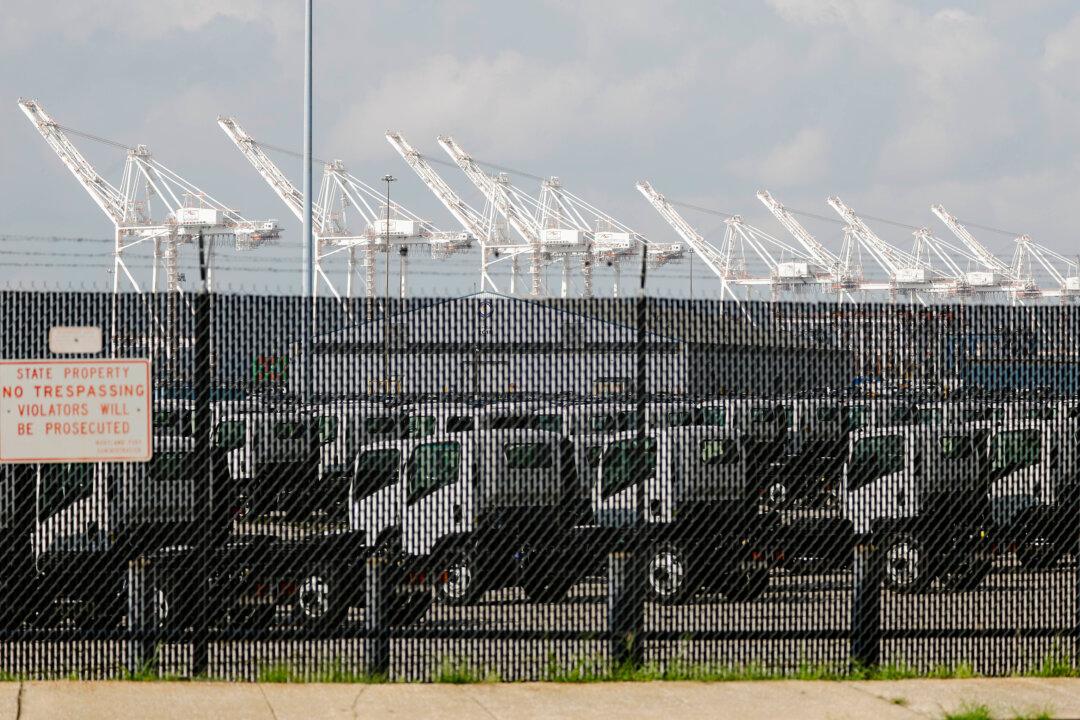Food prices went up 25 percent from 2019 to 2023 and were expected to increase by another 2.2 percent this year—but that was before dockworkers walked off the job at 36 U.S. East and Gulf Coast cargo ports. Now, with the strike in its fourth day, there are real concerns that a prolonged action will drive food costs even higher.
“This concern about higher food prices is real. It’s the sticky price syndrome where the price goes up, and it just doesn’t come down that easily,” said Christopher S. Tang, a University of California–Los Angeles professor who teaches about and studies supply chain management. He is most concerned about the effects of an elongated dock strike on prices for U.S. consumers.





